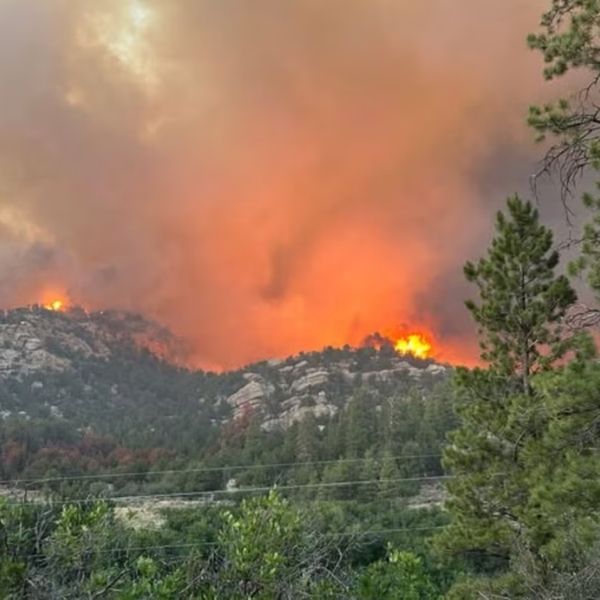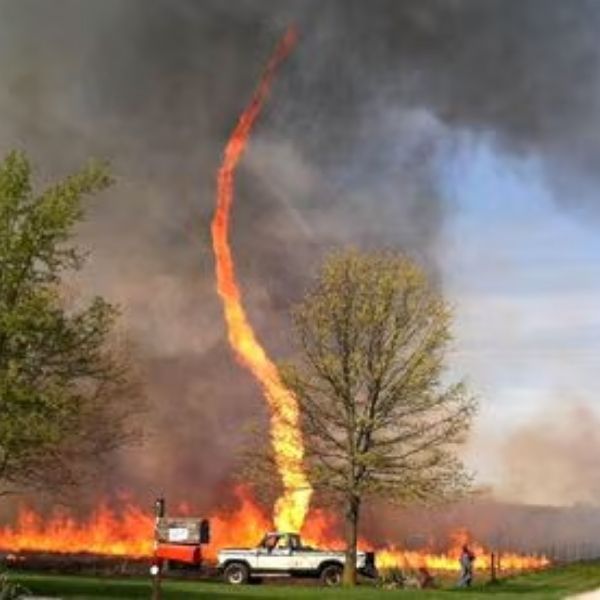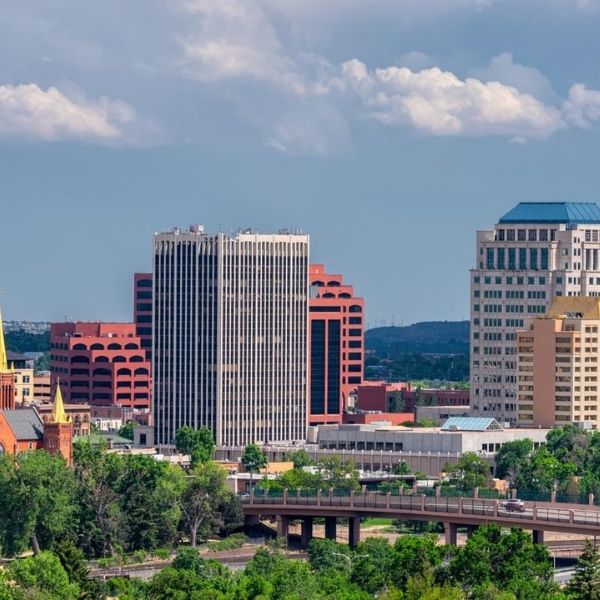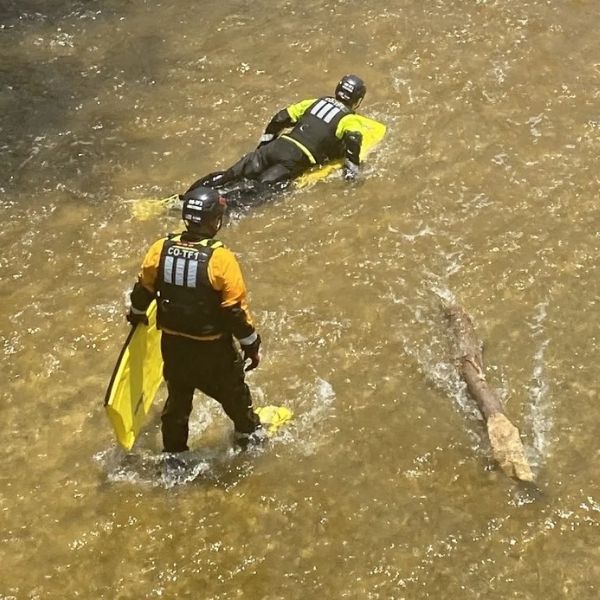A new initiative by the U.S. Department of the Interior has triggered alarm among Native American and Japanese American communities in Colorado, who say it threatens to erase some of the darkest chapters in American history.
Signs recently posted at all National Park Service (NPS) sites — including the Sand Creek Massacre National Historic Site and Amache, a former World War II Japanese internment camp — have sparked outrage.
While the signs initially appear harmless, asking visitors to scan a QR code and answer survey questions, it’s the third question that many view as a red flag: visitors are asked to identify signs or information that are “negative about either past or living Americans” or that fail to “emphasize the beauty, grandeur, and abundance of landscapes and other natural features.”
For Rick Williams, who leads People of the Sacred Land and is of Oglala Lakota and Cheyenne descent, the implications are disturbing.
“I was a little horrified, but I was scared, too,” Williams said. “This gives the average citizen a license to determine what they believe the truth is… and could create hostility.”
At Sand Creek, U.S. troops massacred more than 230 Cheyenne and Arapaho people in 1864 — most of them women, children, and elders. At Amache, over 10,000 people — the majority U.S. citizens — were unjustly incarcerated during WWII simply for being of Japanese descent.
Critics argue that the new signs, mandated by Interior Secretary Doug Bergum under a May 20 directive, could whitewash the stories these sites were created to tell. The order stems from a Trump-era executive order titled “Restoring Truth and Sanity to American History,” which argues that history has been rewritten by “ideology rather than truth” and seeks to highlight America’s beauty and “unparalleled legacy.”
Kirsten Leong, a fourth-generation Japanese American and vice president of the Amache Alliance, says this approach undermines the very purpose of these historical sites.
“The way [the signs] are written seems to be more for the big national parks that highlight natural beauty,” Leong said. “But Amache exists to tell a hard, painful story — and that’s by congressional mandate.”
Budget Cuts Compound Fears
The controversy comes as national parks face historic underfunding. The National Park Service already has a $23 billion maintenance backlog, including $233 million at Rocky Mountain National Park. Now, under Trump’s proposed 2026 budget, the NPS faces an additional $900 million in cuts — sparking fears that lesser-known historical sites like Amache and Sand Creek could be closed altogether.
“This is the most extreme, unrealistic, and destructive National Park Service budget a president has ever proposed,” said Theresa Pierno, head of the National Parks Conservation Association.
Advocates like Estee Rivera Murdock, executive director of the Rocky Mountain Conservancy, say that survey responses from park visitors overwhelmingly call for more funding and staffing, not narrative changes.
“People are saying, ‘We love these places — but they need more rangers, more support,’” Murdock said.
Visitor Numbers Don’t Tell the Whole Story
The disparity in visitor numbers between scenic parks and historical sites is stark. In 2024:
-
Rocky Mountain National Park drew 4 million visitors
-
Great Sand Dunes: 437,000
-
Mesa Verde: 480,000
-
Amache: 4,771
-
Sand Creek: 6,400
But advocates argue that visitation should not determine a site’s value or survival.
“We have parks that were created to tell really important American history,” said Dawn DiPrince, Colorado’s state historic preservation officer. “To threaten their existence based on attendance or suggest changing the stories they tell is deeply problematic.”
For Native Americans, the Land Remains Sacred
Williams says even if the federal government abandons Sand Creek, the site’s significance to Native people will never be lost.
“Of those 6,400 visitors, probably 6,000 were American Indians,” he said. “They’re going to go there whether it’s a national park or not.”
As the Interior Department’s directive faces growing backlash, many fear it could silence the very stories these parks were built to preserve. For now, advocates are urging the public to speak up — not just for nature, but for the history that shaped the nation.
















Leave a Reply